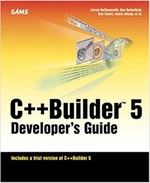Kyle Spraggs: How does configuration work in ZF2?
Kyle Spraggs has posted How does configuration work in ZF2? As ZF2 increases the beta count and draws nearer to RC I’ve noticed more questions popping up in IRC regarding configuration. Questions like: “How do I setup XXX?” “Where do I add module options?” So, I decided to write up a quick blog explaining how configuration works in ZF2. By default, there are three types of configurations. He then goes on to explain what config/application.config.php,… continue reading.


